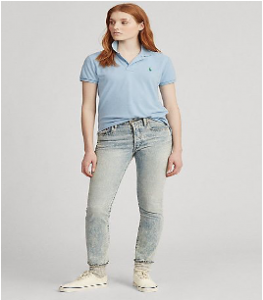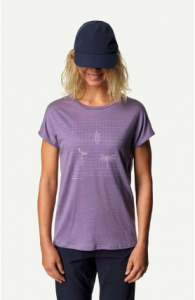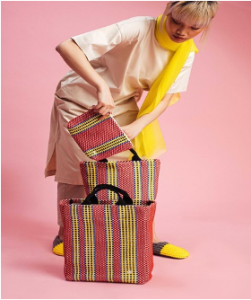We delve into current fashion brand sustainability initiatives. How are they changing their way of doing business?
By Nadin Moustafa, PhD student in the Department of Chemical Engineering.
Fast fashion is extremely harmful to the environment, and public awareness of this issue is increasing. Like for recycling and avoiding plastic, fast fashion is an area where an individual’s choices can directly contribute to change in environmental impact. This is different from industries where individual contributions are less clear, such as the environmental impact of non-renewable energy use.
Since the fashion industry has gained attention for the damage it does to the environment, many brands and retailers are starting to take actions towards sustainability. In 2019, Drapers Research surveyed more than 370 small brands, retailers, manufacturers and suppliers. 91.6% agreed that their customers are becoming more aware of environmental issues. 42.6% of the fashion brands and retailers said that they have a sustainable range. The biggest barrier to greater sustainability was cost. 60.3% of the respondents to the survey said that sustainability increases costs. In addition, consumers are not predominantly willing to pay more for sustainable fashion. Finally, some brands lack the required business skills to incorporate sustainability into their supply chain.
Brand sustainability initiatives
Sustainability initiatives are continually announced by brands. For example, Zalando partnered with Global Fashion Agenda, a leadership forum for industry collaboration on fashion sustainability. And Walpole (which includes British luxury brands such as Harrods, Burberry and Dunhill) launched the first phase of their sustainability manifesto in 2019. Some brands focus on fabric innovation, such as Stella McCartney, where they replaced their synthetic and petrochemical-based elastomers with a new engineered component that is toxin-free. ASOS partnered with the London College of Fashion to pilot a training program on circular fashion, where the learning outcomes are implemented by their design team. GAP Inc. and Nike will both incorporate sustainability and/or circular design training to their teams by 2020.
Examples of other fashion brands’ sustainability initiatives:




Are these sustainability initiatives real change or clever marketing?
It is obvious that many brands are talking about increasing sustainability in their supply chain. But is this marketing only? For example, H&M has a Conscious collection that is more ‘sustainable’ than other products they sell. The conscious collection marketing focuses on nature and uses the colour green as well as soft autumn colours. However, detailed information is not given: their website explains their conscious collection in less than five lines.


This does not include much information on how the products are produced or recycled, or their carbon footprint relative to other products H&M sell. So this begs the question: are these and similar brand sustainability initiatives are actually working towards change in the industry? Considering the amount of clothing produced by the fashion industry and our growing and constant demand, it would take H&M approximately 12 years to recycle what they produce in one day! Hence, brands may be promoting sustainability to maximize profits without actually decreasing their environmental impact. This is backed by research in 2019 from the NYU Stern School of Business showing that consumer sales between 2013 and 2018 of products highlighted as ‘sustainable’ sold much faster than products that were not.
Whose responsibility is this?
Brands, manufacturers, retailers and suppliers must take responsibility for the clothes they produce. However, everyone needs to help. Governments should also support and enforce change. And we as consumers should be willing to buy more sustainable clothing. Hopefully we are buying fewer garments per year, even if these are more expensive, and increasing the lifespan of clothes we already have. If we want to keep a fast fashion consumption style whilst decreasing fashion’s significant environmental impact, we’re going to need new business models and technological innovations.
Read our previous blogs: how the fashion industry needs to change given how serious an impact it is having on our planet, and the concept of circular fashion and how that would help.